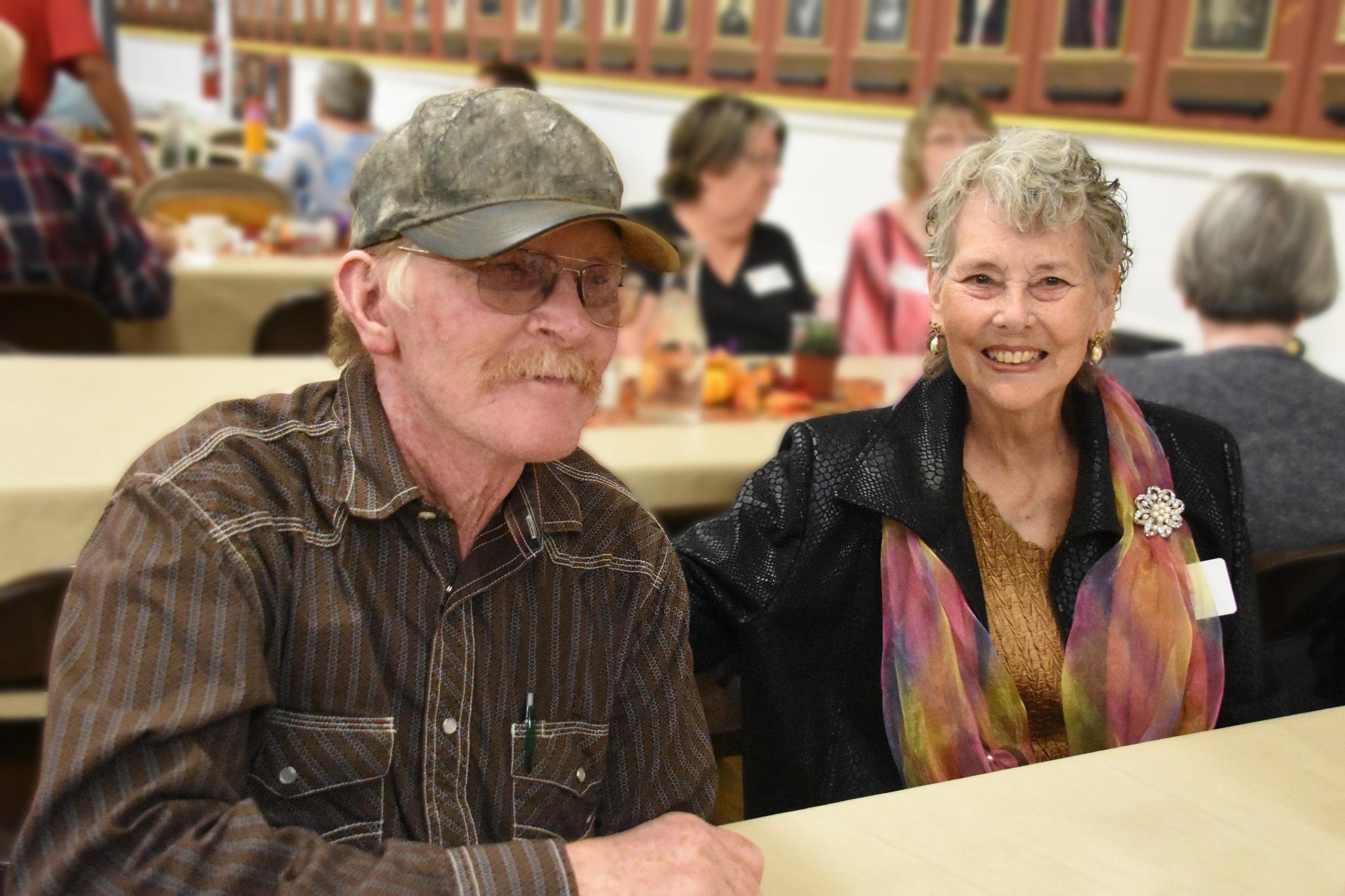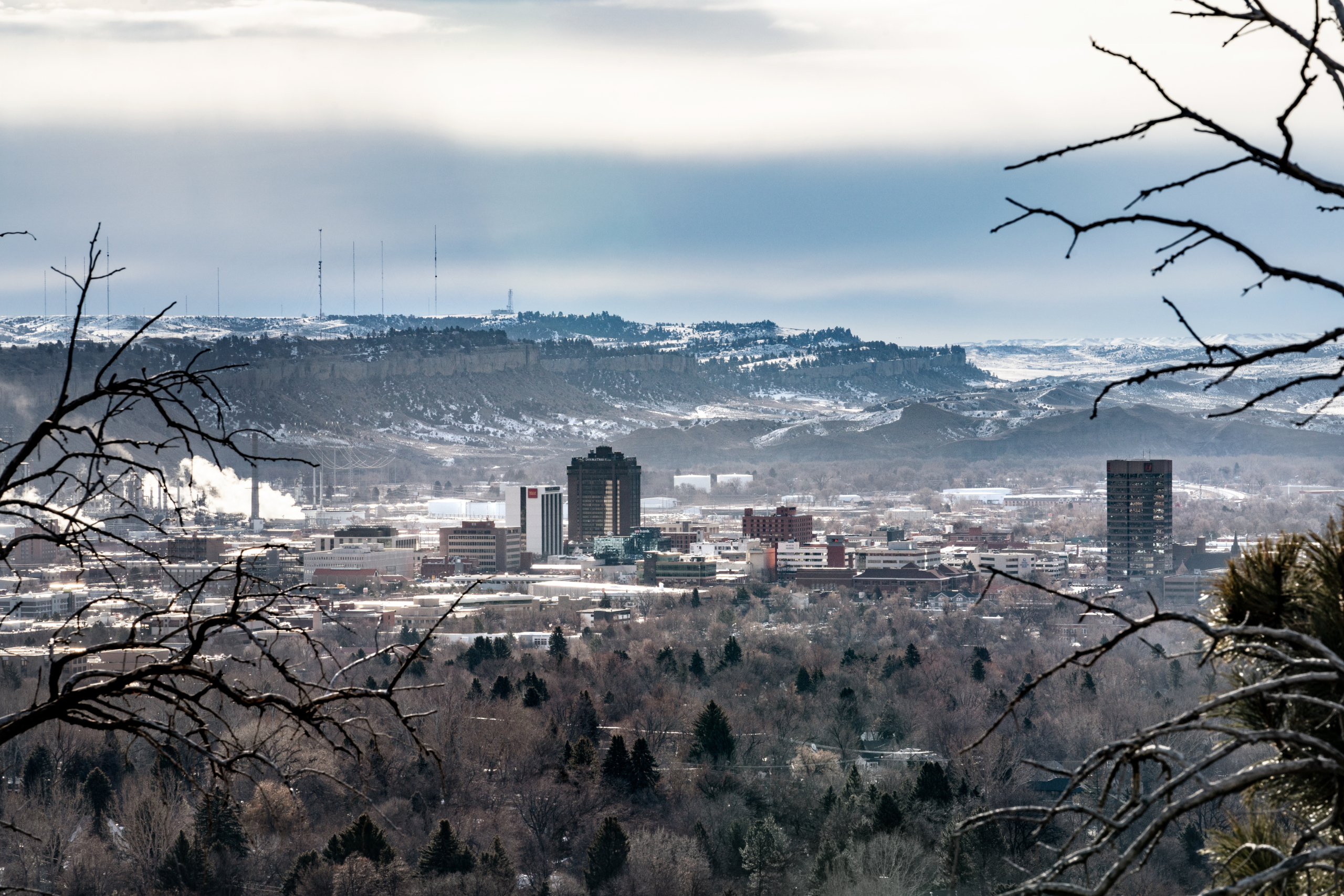
Early in March 2022, Dee Abbott received a diagnosis for triple-negative breast cancer. She and her husband live on a small farm about 25 miles from Miles City, a town of 8,000 in the plains and so-called badlands of eastern Montana. To treat this aggressive cancer, she underwent six months of chemotherapy and immunotherapy at Holy Rosary Healthcare in Miles City, followed by a double mastectomy, and continued immunotherapy.
Dee’s treatment plan next called for radiation therapy, which is delivered by a machine—a linear accelerator—that uses high-powered X-rays to destroy cancerous tumors. The closest hospital offering radiotherapy was 175 miles away in Billings, Montana’s largest city.
Dee faced a challenge all too common in rural areas: distance to cancer care.
Starting just the week after Thanksgiving 2022, Dee spent her weekdays alone in Billings, going to St. Vincent’s Frontier Cancer Center each day for radiation. A highly choreographed effort brought friends to visit Dee occasionally. On some Fridays her husband, who worked as a school bus driver, drove from Miles City to Billings after completing his afternoon route. Then, on Saturday morning, the couple drove back and spent a day at home before Dee returned to Billings for treatment on Monday morning. That’s 700 miles of travel in a weekend. This went on for five weeks.

Dee Abbott and her husband after cancer treatment.
Still, Dee was luckier than many cancer patients. She had a strong support network. She was resourceful—she learned about two apartments in Billings that the St. Vincent’s Foundation provided for out-of-town patients, free of charge, and she stayed in one of them during her treatment.
Dee knew of friends and community members who were not as fortunate when it came to getting treatment far from home. They had to stay in motels, with the expense and headache of cooking, eating out, finding laundromats, and frequent long drives in all kinds of winter weather—all while feeling exhausted and sick and missing their usual social-emotional supports.
“As I was going through the rounds of radiation, my fatigue increased. Toward weeks three and four, if I had to have driven or been driven back and forth to Billings every single day, I know I would have been thrown into true fatigue level and that would have hampered my recovery. Not to mention the mental stress,” Dee said.
“Cancer care within a 90 mile drive”
Many rural Americans, especially cancer patients, are forced to travel long distances for lifesaving treatments. But that is changing.
Helmsley is on a mission to ensure that rural residents have access to comprehensive cancer care wherever they live. Over the past 14 years, Helmsley’s Rural Healthcare program has invested $78 million in cancer care in the Upper Midwest so that more people can receive treatment closer to home.
“When a loved one is sick, we want to know that they’re getting the best care. No one should have to choose between medical care and the comfort of being home with your support network. We want to see everyone in the rural Upper Midwest be within a 90 mile drive of a cancer center,” said Walter Panzirer, Trustee of the Helmsley Charitable Trust.
In 2023, Helmsley awarded a $6 million grant to Holy Rosary Healthcare to build a 12,000-square-foot, comprehensive cancer center that will serve rural eastern Montana, offering the only radiation, medical and surgical oncology services within a 125-mile radius.

Billings, Montana, where Dee traveled 175 miles to receive care.
Miles matter: The burden of travel
Rural residents have more difficulty accessing healthcare in general, have lower rates of cancer screening, and experience lower quality cancer care.
They also routinely travel long distances for cancer treatment: 26.8 miles on average, compared to 7.9 miles for urban residents. Because of the challenge of distance, patients who have inflexible work hours, cannot afford to take time off from work, or lack a strong support network have limited care options and often have to make difficult choices.
Katie Donnelly, director of the oncology, hospice, and palliative care department at Holy Rosary, knows all too well what researchers have found in multiple studies—that an increase in travel burden is associated with more advanced disease at diagnosis, inappropriate treatment, a worse prognosis, and a worse quality of life.
“Living in this small community, patients have to decide, if treatment is not available locally, what their options are. How far do they travel? Do they have the means to travel, and can they uproot their lives?” said Donnelly.
Donnelly, who has been at Holy Rosary for six years, notes that some patients are willing to drive 300 miles per day to get treatment in Billings, five days a week for five to six weeks. But others may not complete treatment or may even go without. “Cancer treatment can be costly. When you add on the cost of travel, that may be significant enough for people to forego treatment,” said Donnelly.
One study examining distance and radiation treatment for colorectal cancer found that compared to patients with a travel distance of less than 12.5 miles, patients with a travel distance of 50 to 249 miles were 75 percent as likely to receive radiation therapy. Patients with a travel distance of 250 miles or more were only 46 percent as likely receive treatment.
Equitable care is local care
Central to Helmsley’s grantmaking is the belief that a person’s zip code should not determine their access to healthcare. We began investing in rural healthcare grants in 2009, and we funded cancer care from day one. For the first several years, our cancer care grants primarily helped existing facilities that needed medical devices used for radiation, brachytherapy (for internal radiation), digital mammography, and the like. In other words, we were improving the quality of cancer care in the rural Upper Midwest.
Research shows that reducing patients’ travel burden improves their access to cancer care. With rural hospitals facing numerous financial challenges that are exacerbating the crisis of care in America’s Midwest, it was clear that philanthropy could make a difference. Over time, Helmsley grew more ambitious about reducing health inequities and started working to bring cancer care closer to the doorsteps of rural residents.
Since 2016, Helmsley has funded four new cancer centers. In 2018, the community around Pierre, South Dakota had access to radiation oncology services for the first time, thanks to the opening of the Avera Cancer Institute at the Helmsley Center, part of Avera St. Mary’s Hospital in Pierre. The next year, Jamestown Regional Medical Center in Jamestown, North Dakota opened its cancer center, which now serves about 100 people each month from the surrounding nine counties. In September 2023, Central Montana Medical Facilities broke ground on a new cancer center that is funded by Helmsley and will serve 50,000 people, sparing local residents from traveling a total of 165,000 miles for cancer care in a year. And Holy Rosary expects to complete its new cancer center in late 2024.
In the meantime, Dee launched a cancer support group, Stronger Together, for communities around Miles City. She hopes that she and others can share their knowledge, resources, and lend an ear to those who are traveling a path they’ve been down.
When the new center opens at Holy Rosary, receiving oncology care close to home will make a huge difference for Dee and her community. “You can be emotionally that much more settled,” said Dee. “You’re surrounded not only by your close relatives and full support group, but also—being at home. It’s just so good to be home.”